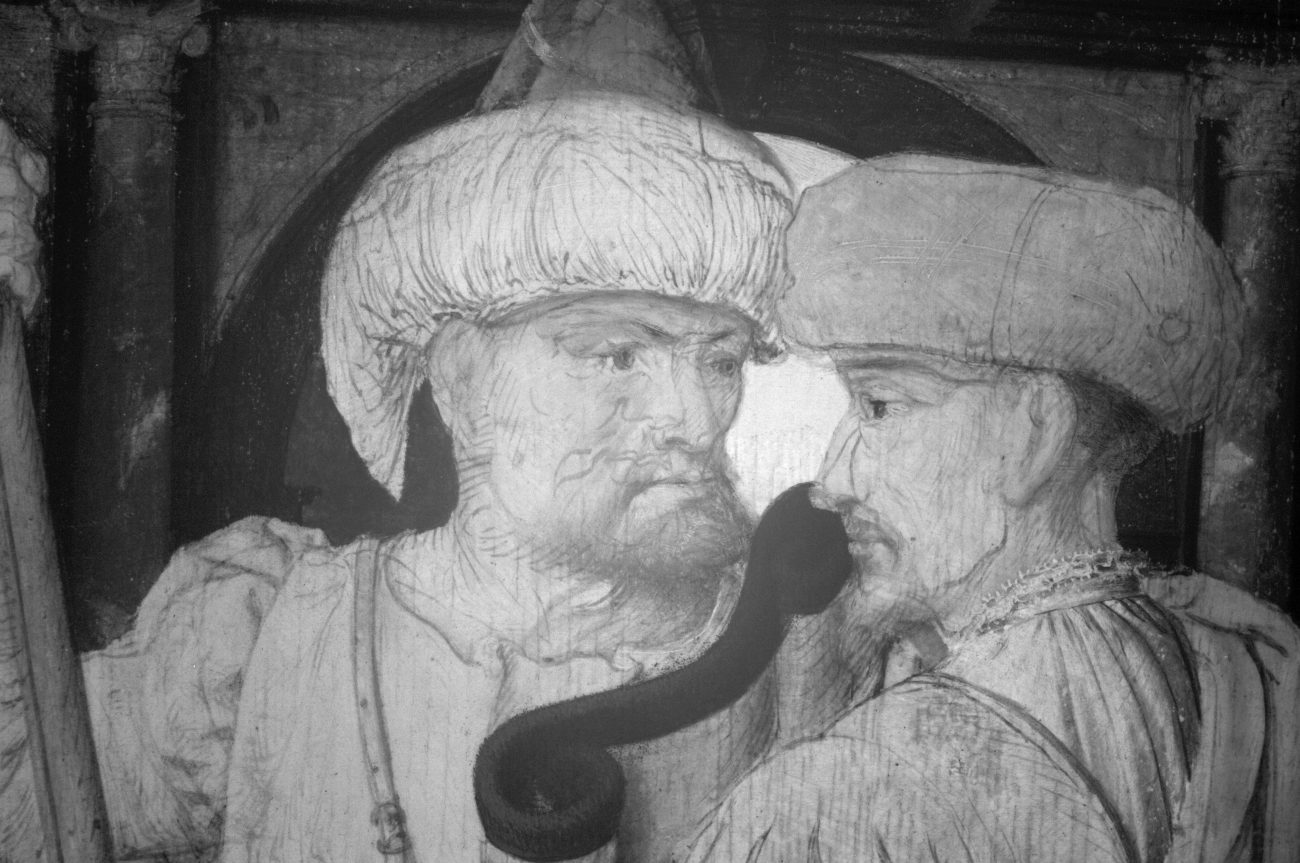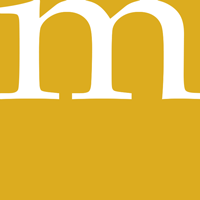
It translates the IR radiation (not visible to the human eye) reflected from a suitably stimulated surface, generating black and white images known as reflectograms. Under certain conditions, it is possible to read the deeper layers of the work, such as the preparatory drawing and previous restoration work.
Infrared reflectography is usually performed by recording images at two wavelengths, i.e. at around 950 nm and 1100 nm, using suitable filters called band cutters. These images can also be used to produce false-colour infrared images useful for characterising certain pigments.

 Restoration Conservation Maintenance
Restoration Conservation Maintenance Artistic diagnostics
Artistic diagnostics Documentation
Documentation Collections management
Collections management Exhibit and enhancement
Exhibit and enhancement Video Editing
Video Editing Art Consulting
Art Consulting